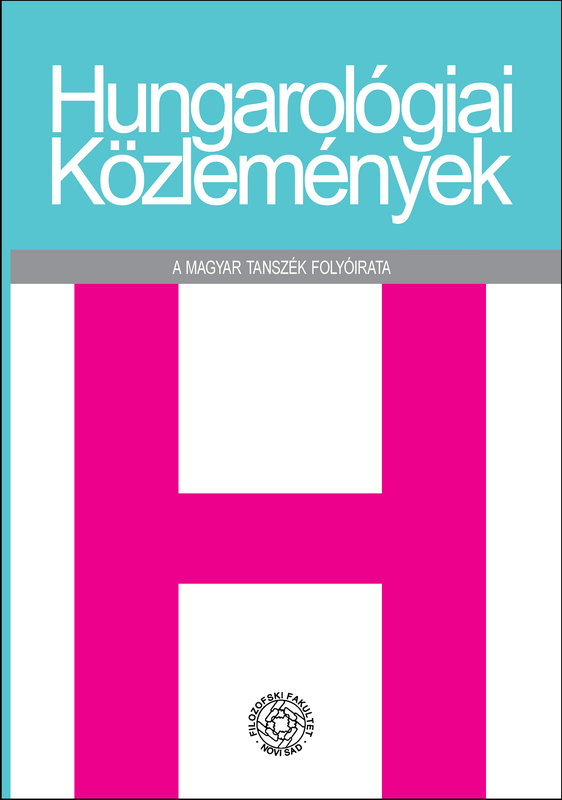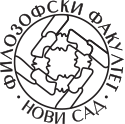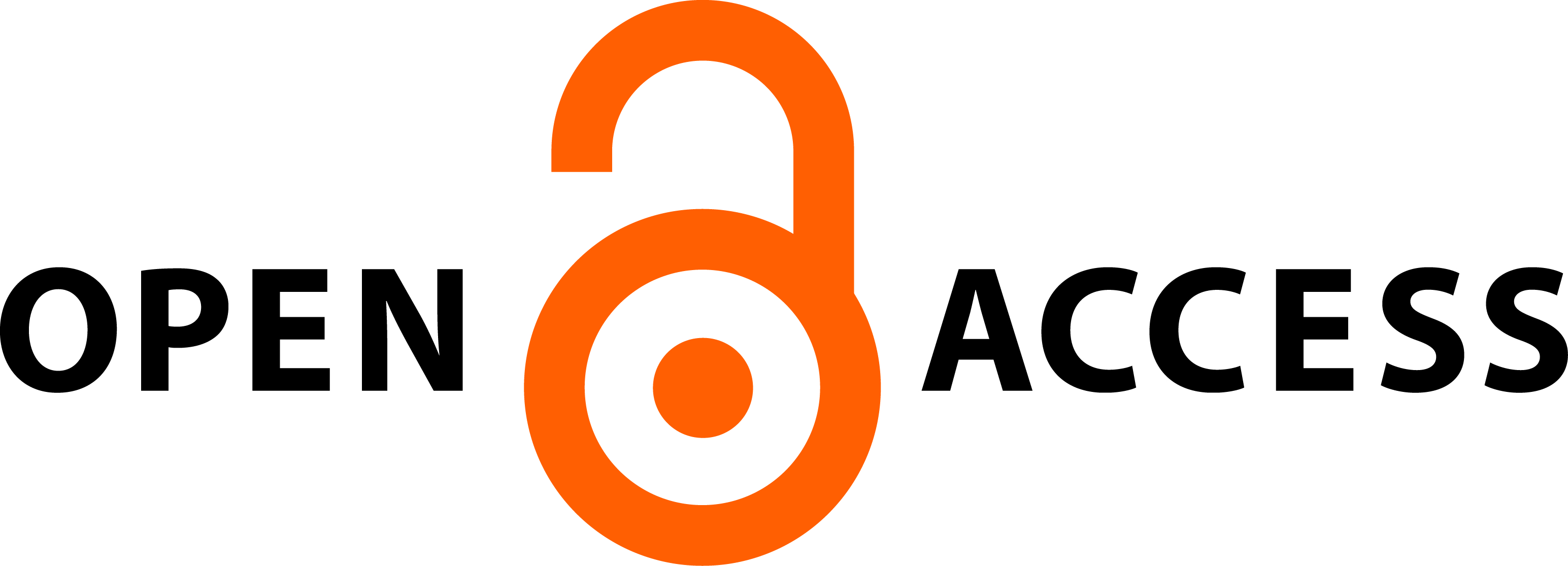A DIGITÁLIS SZÖVEGEK OLVASÁSI STRATÉGIÁI
Absztrakt
A dolgozat középpontjába a hipertext kerül, amely a tudást a hagyományosan lineáris szöveg- struktúra helyett a kognitív emberi gondolkodást hívebben tükröző nemlineáris, térbeli, hálózatos rendszerben helyezi el. A barthes-i írható szöveg megvalósulásaként a szerző– mű–hagyomány hármasáról áthelyezi a hangsúlyt a szöveg–diszkurzus–kultúra hármasára. A hipertext elsősorban a narratív műfajokat érinti, ugyanis a lineáris rend megbontásának, viszonylagossá tételének elsősorban itt van értelme. A valódi hipertext esetében nem léte- zik egy történet, csupán olvasási módok léteznek. Az effajta olvasás egyértelműen szakít a „műegész” eszményével: a felhasználói hiperugrások révén a befogadó szerzői funkciót ölt magára. A tanulmány a hipertextek rendszerezését nem csupán a formai-szerkezeti jegyek alapján viszi véghez, hanem kialakítja a hipertextusok olvasásközpontú rendszerezését, ami az értelemképződést gátló és az értelemképződést lehetővé tevő kategóriákkal operál. A dolgozat feltérképezi az elektronikus közegben elkülöníthető olvasási eljárásokat, miköz- ben a hipertexthez a koncentrikus olvasás fogalmát társítja, valamint felhívja a figyelmet, hogy a digitális olvasás a szövegbe zárt jelentések keresésétől és megértésétől a szabad asszociációkba való merülés felé tolódik el.
Hivatkozások
Barthes, Roland. 1996. A szöveg öröme. In A műtől a szöveg felé . 67‒74. Budapest: Osiris Kiadó.
Boda István Károly‒Porkoláb Judit. 2012. Hipertext paradigma a szövegtanban és a stilisztikában . Debrecen: Debreceni Egyetemi Kiadó
Golden Dániel. 2009. Az elektronikus olvasás mintázatai. Információs Társadalom 9 (3): 85‒93.
Kappanyos András. 2004. A hipertext. Helikon 50 (3): 301‒312.
Kelemen Erzsébet. 2009. A számítógép és az irodalom. Információs Társadalom 9 (1): 47‒63.
Landow, George P. 1996. Hypertextuális Derrida, posztstrukturalista Nelson? http://www.artpool.hu/hypermedia/landow.html (2014. dec. 2.)
Müllner András. 2004. Teknősbéka-sétáltatás. Jelenkor 47 (9): http://www.jelenkor.net/archivum/cikk/615/teknosbeka-setaltatas (2014. dec. 18.)
Pethes, Nicholas. 2001. Az elnémulás iróniája. Farkas Péter Gólem című regényesszé- je. Szöveg önmaga végéről. Magyar Lettre Internationale 40. http://www.c3.hu/ scripta/lettre/lettre40/pethes.htm (2014. dec. 12.)
Petőfi S. János. 1996. A hipertextuális irodalom a perszonal computer elterjedt alkal- mazásának korszakában http://www.jgytf.u-szeged.hu/~vass/szemm082.htm (2014. dec. 2.)
Sütheö Péter. 1997. Hipertext az információszolgáltatásban. Tudományos és Műszaki Tájékoztatás 44 (6): 207‒211.
Szűts Zoltán 2000. A hypertext http://magyar-irodalom.elte.hu/vita/tszz.htm (2014. dec. 5.)
Tolcsvai Nagy Gábor. 2003. A szöveg. In A magyar nyelv kézikönyve, szerk. Kiefer Ferenc. 245‒256. Budapest: Akadémiai Kiadó.
Tóth Barna. 2004. Hipertext olvasás. http://www.interment.de/farkaspeter/golem/hiper- text_olvasas.pdf (2014. nov. 25.)
Tóth László. 2002. Az olvasás pszichológiai alapjai . Debrecen: Pedellus Tankönyvkiadó
Zamfirache, Iris. 2005. Enciklopédia és virtualitás. Világosság 46 (9): 69‒74.








